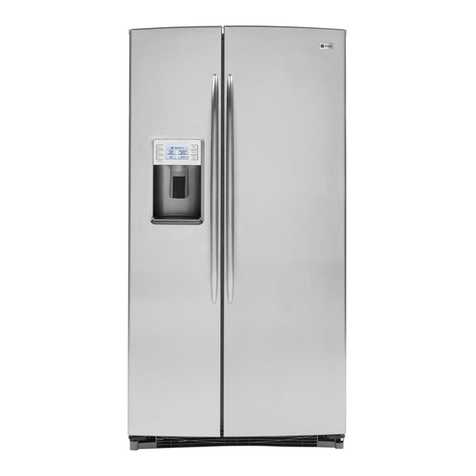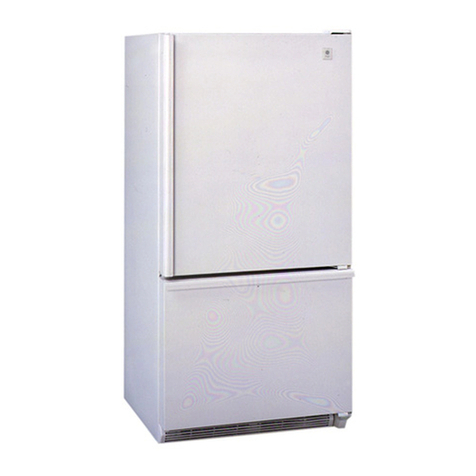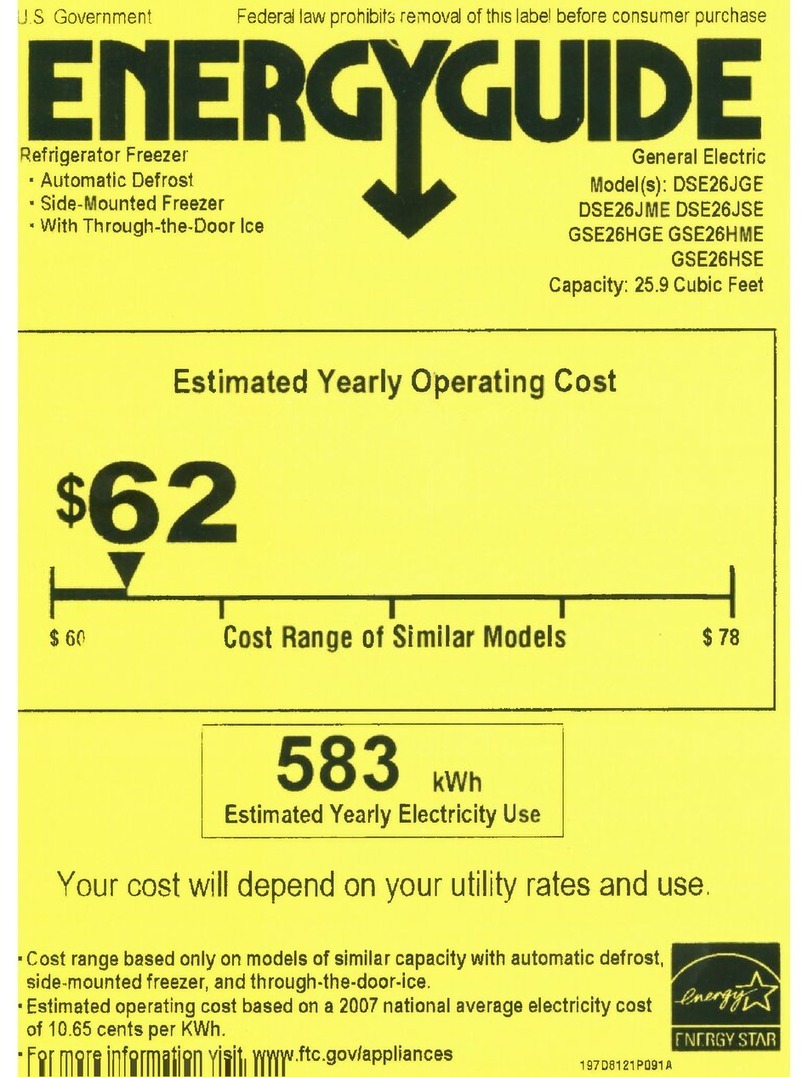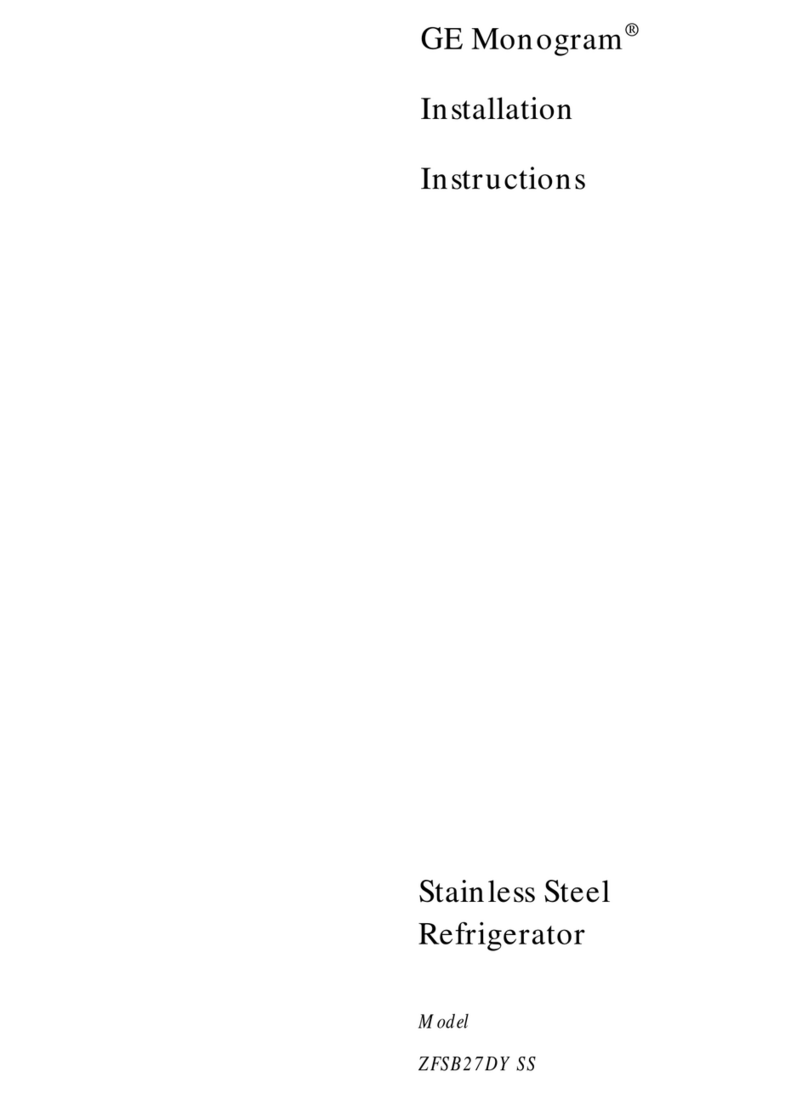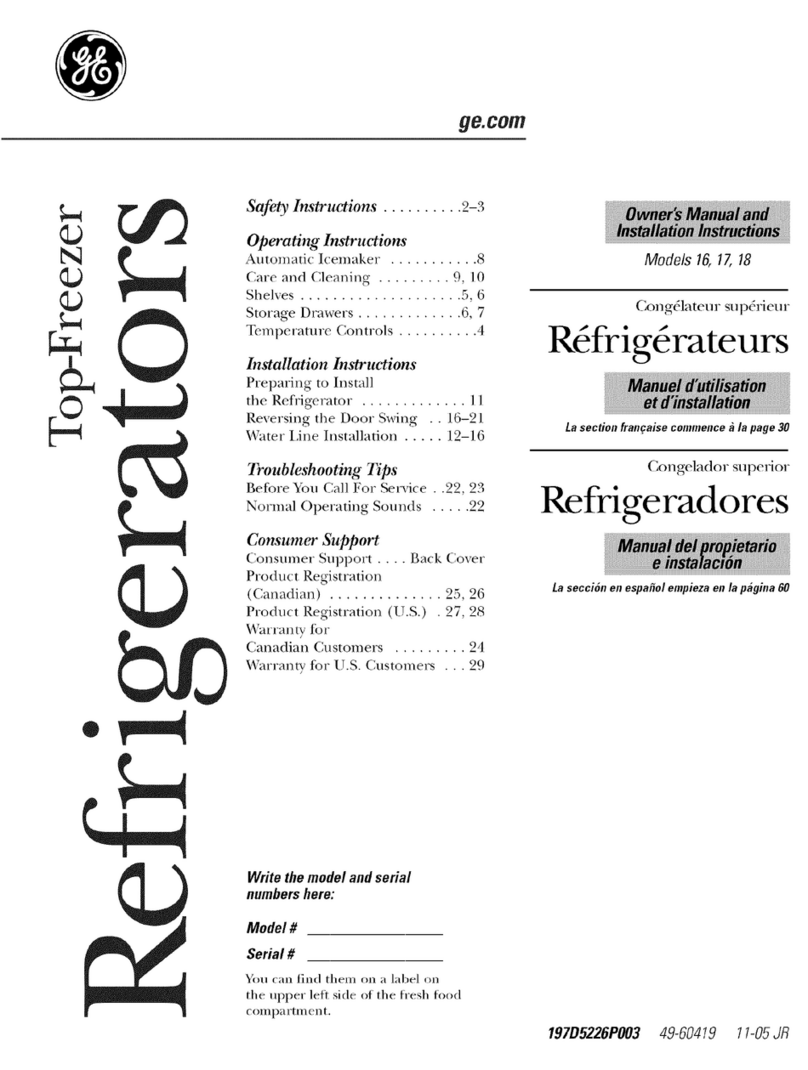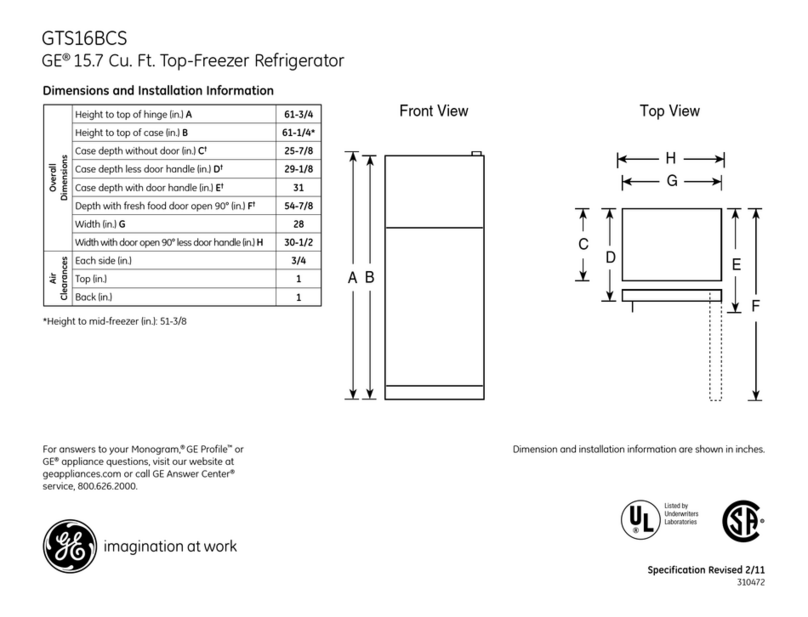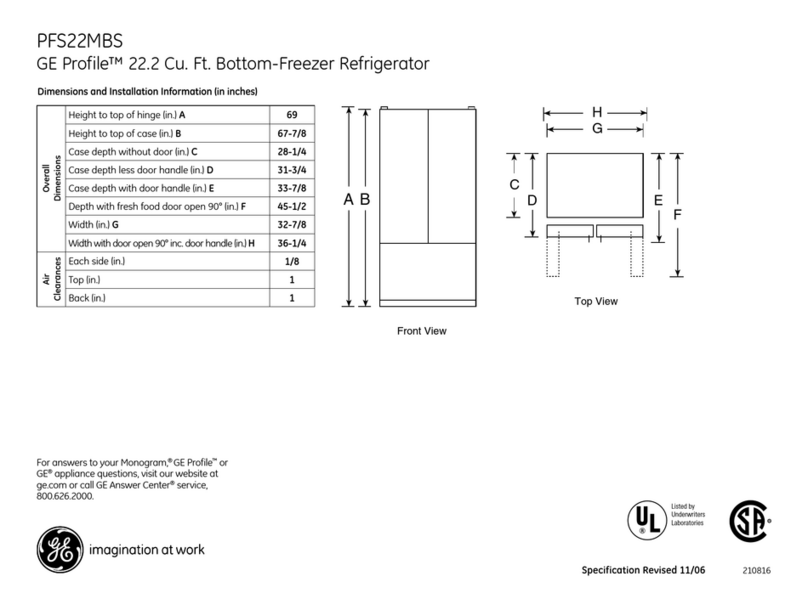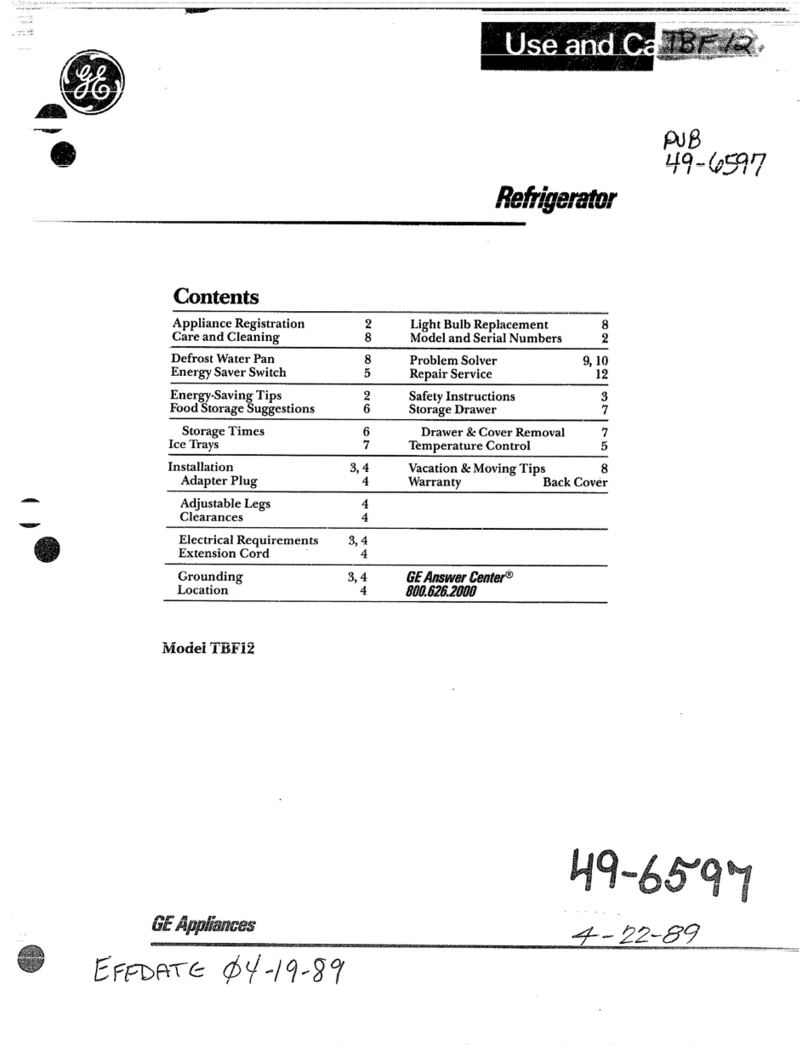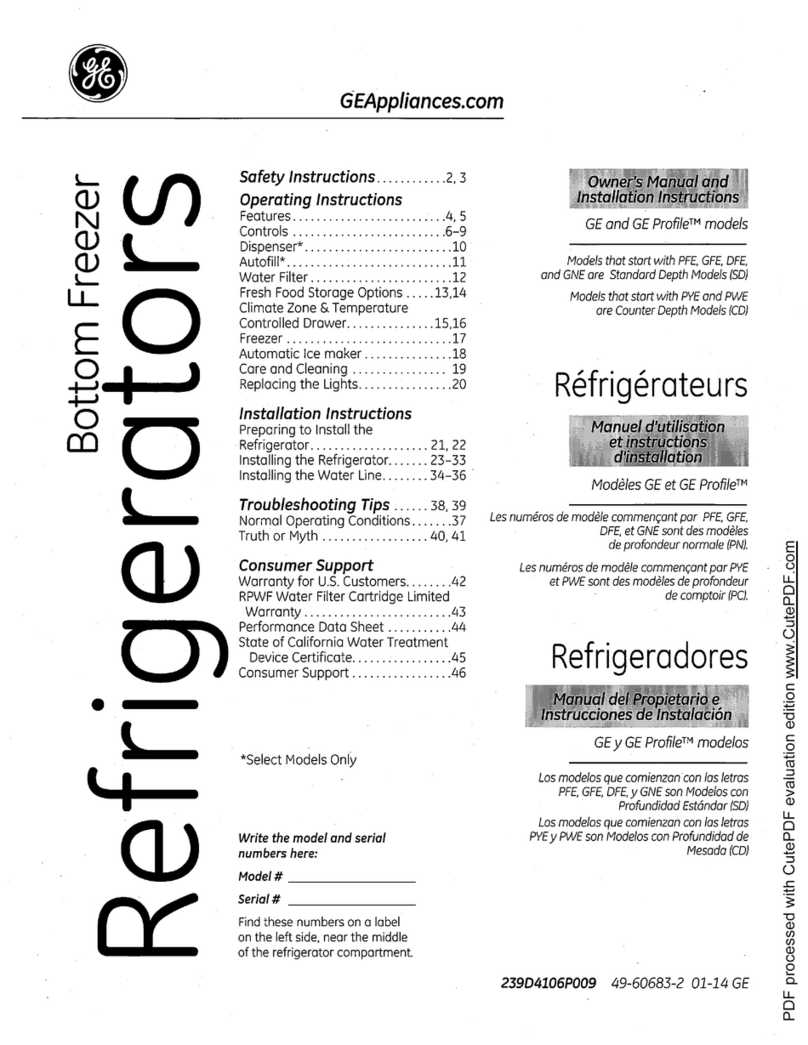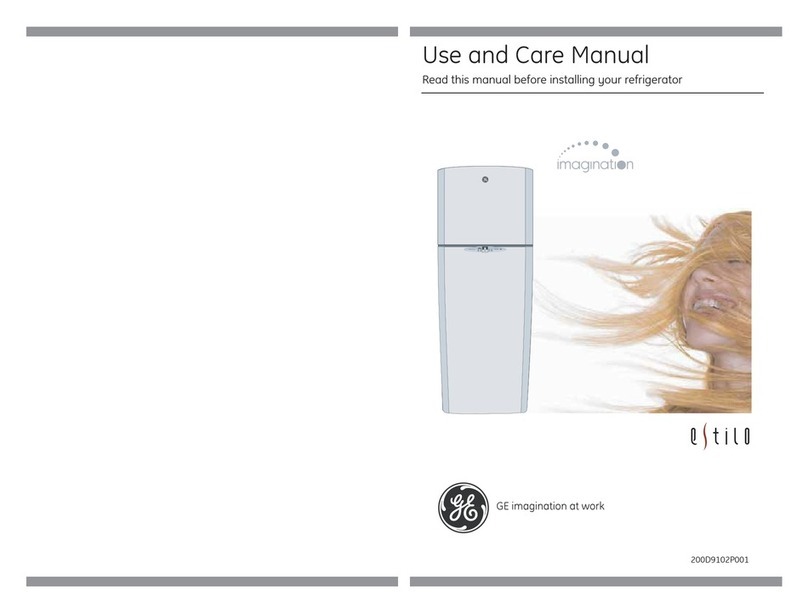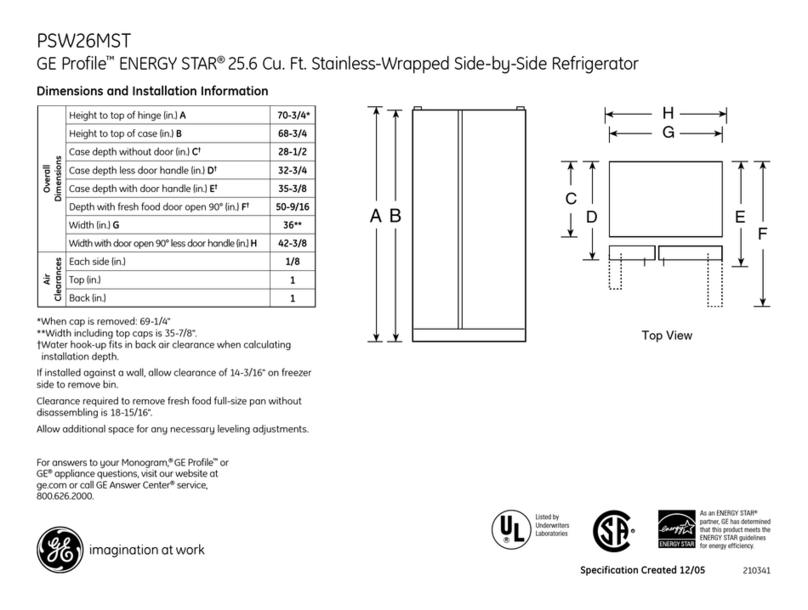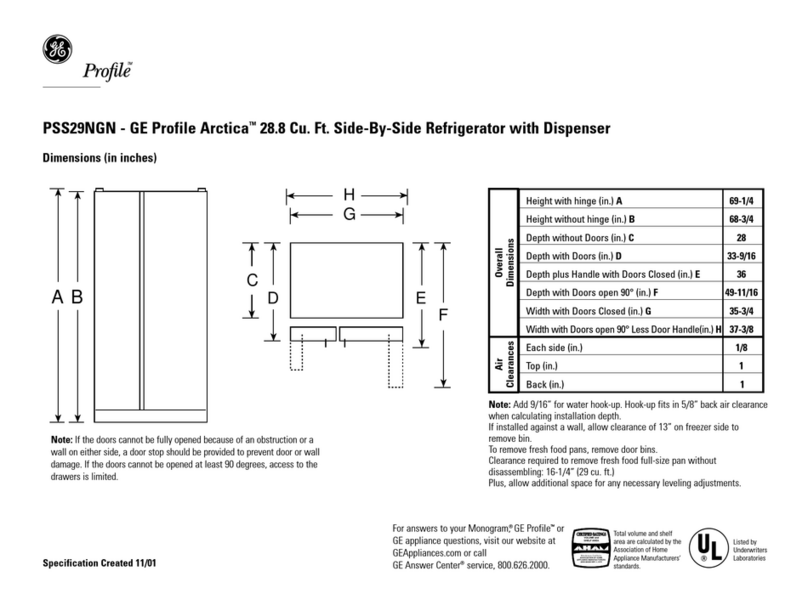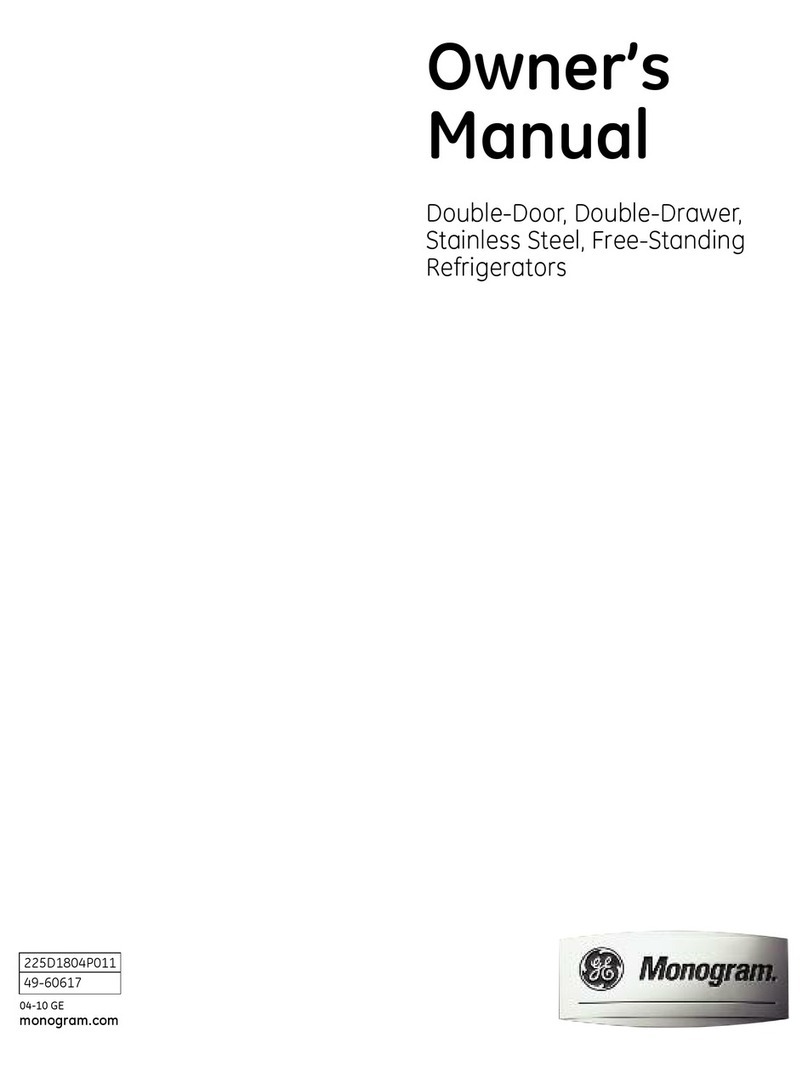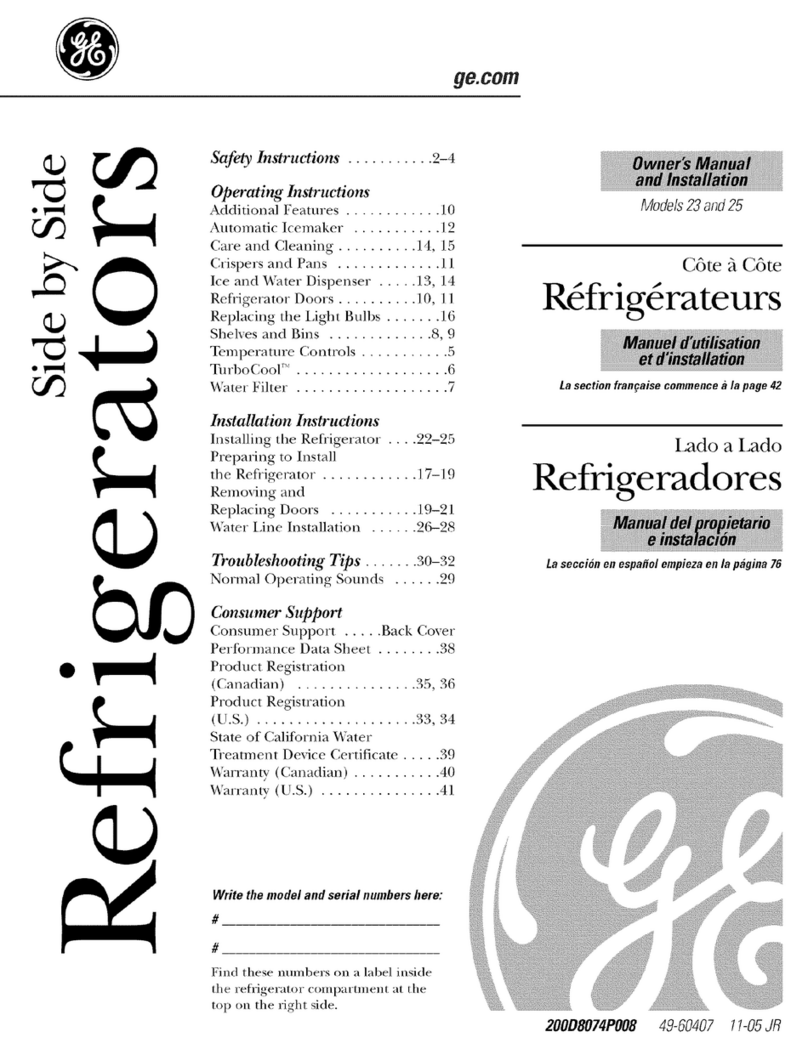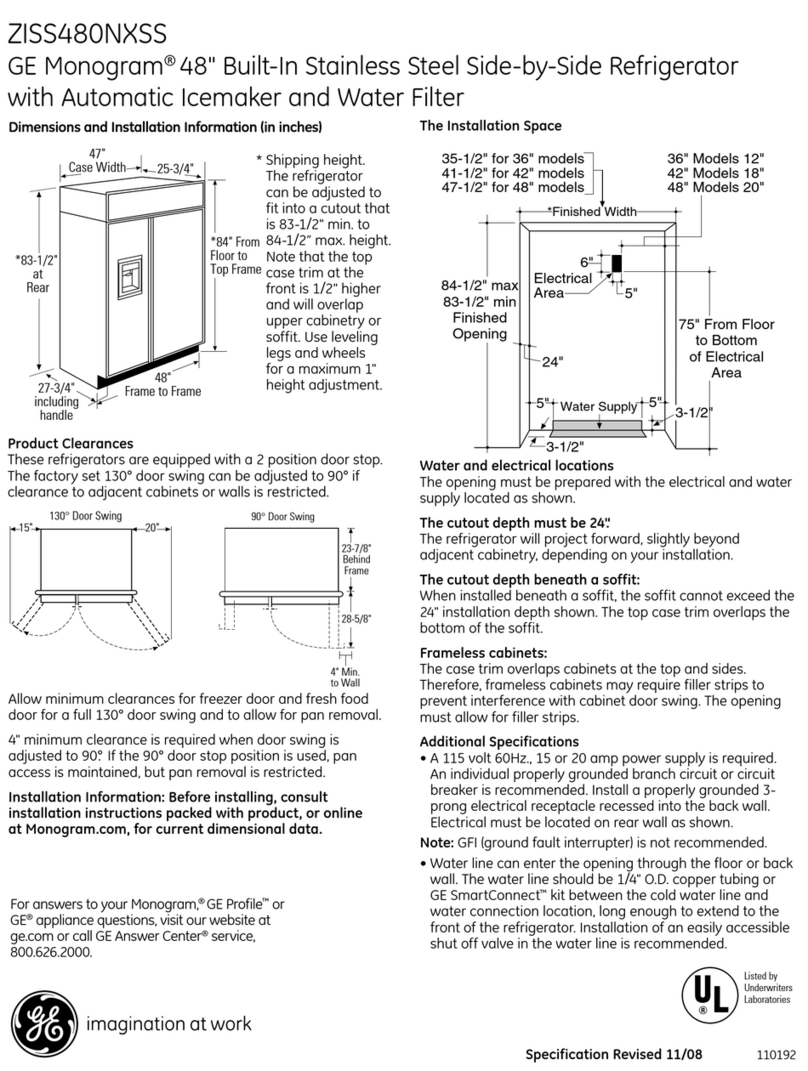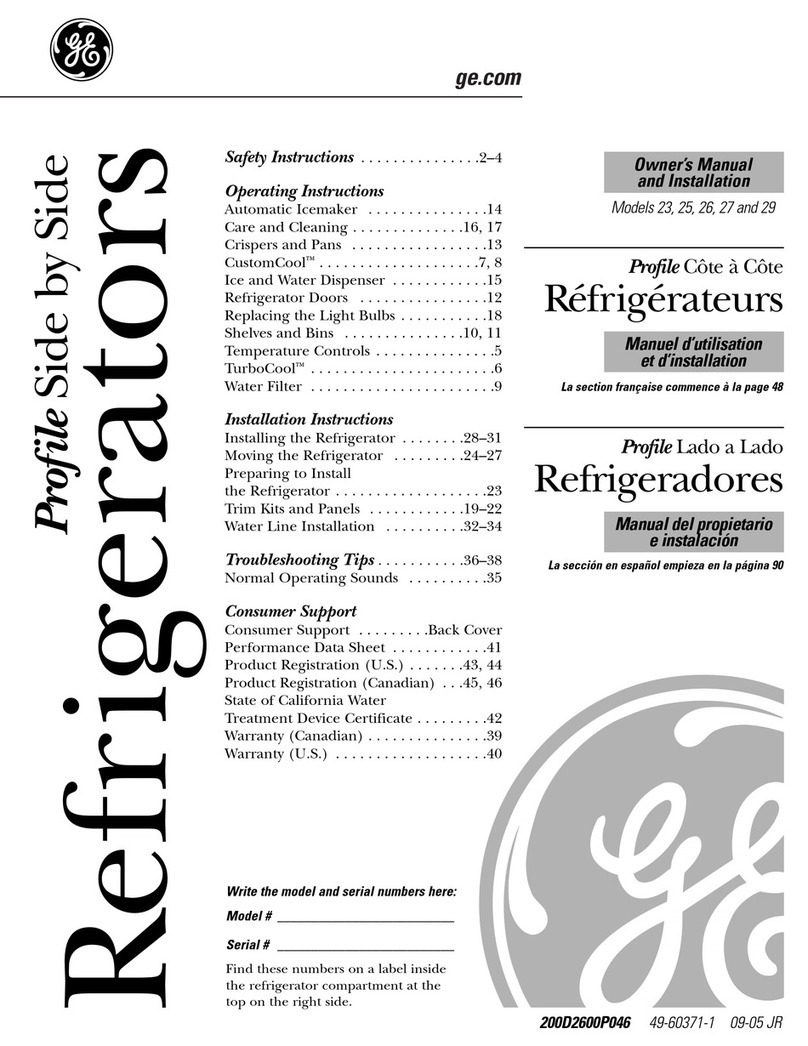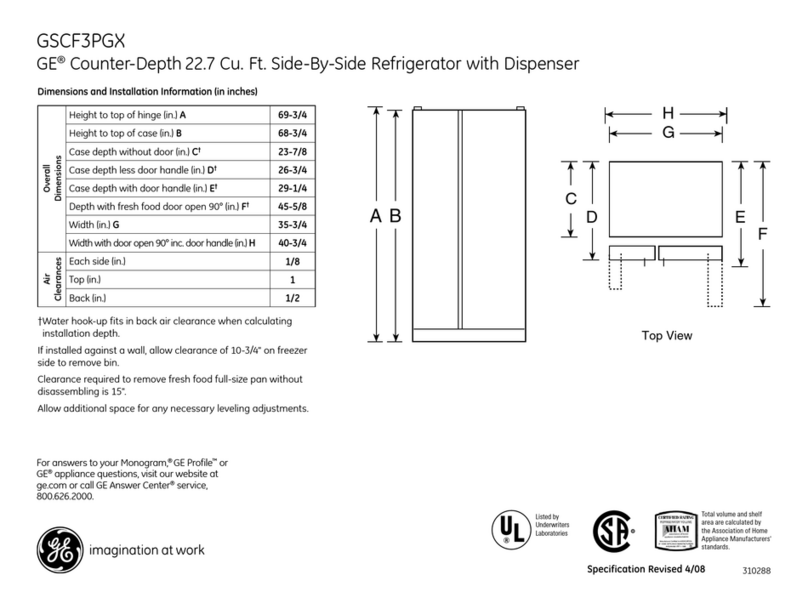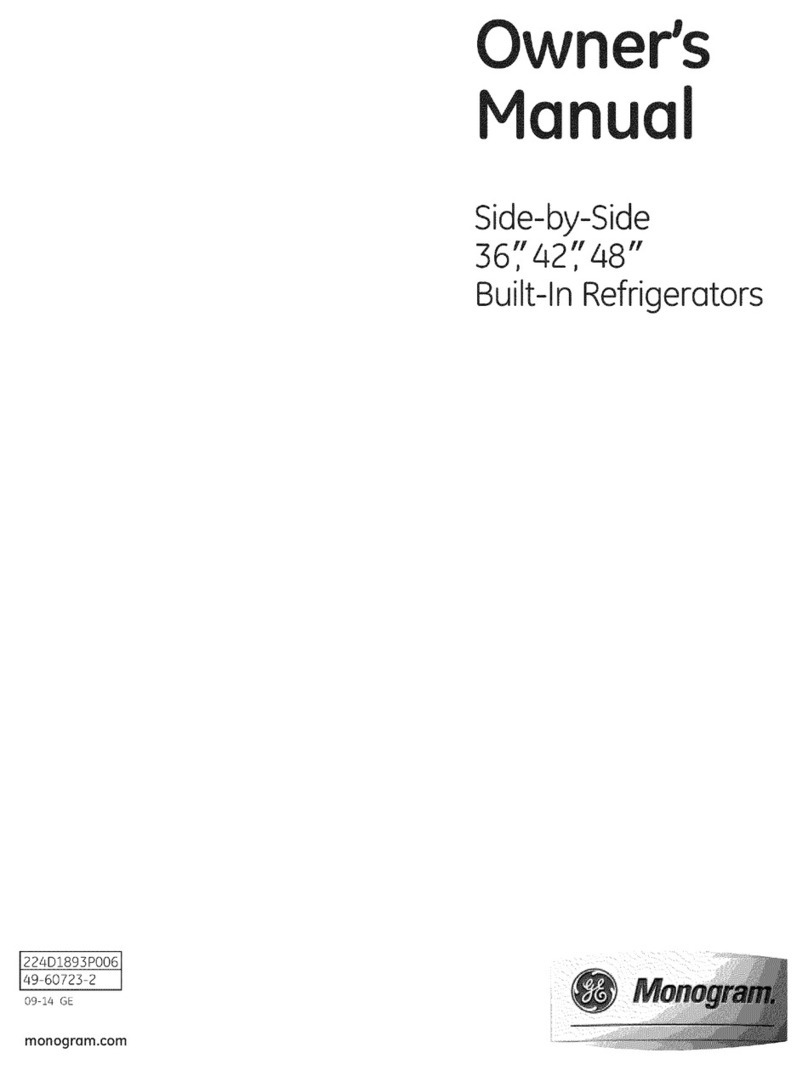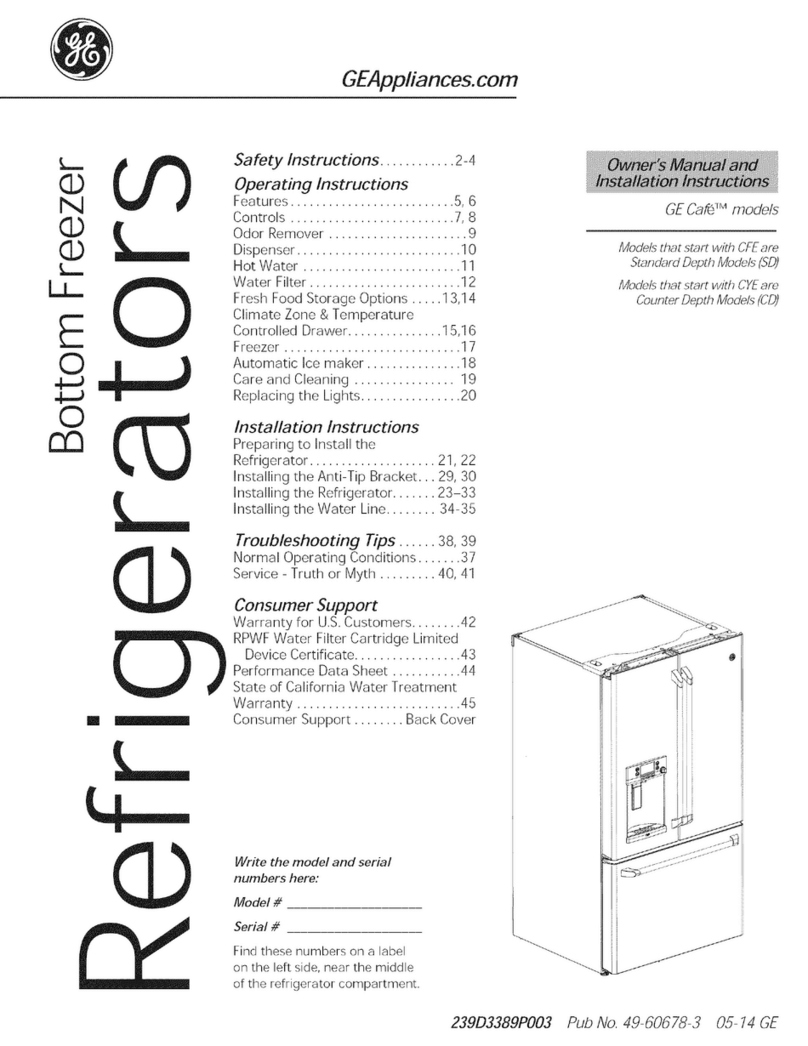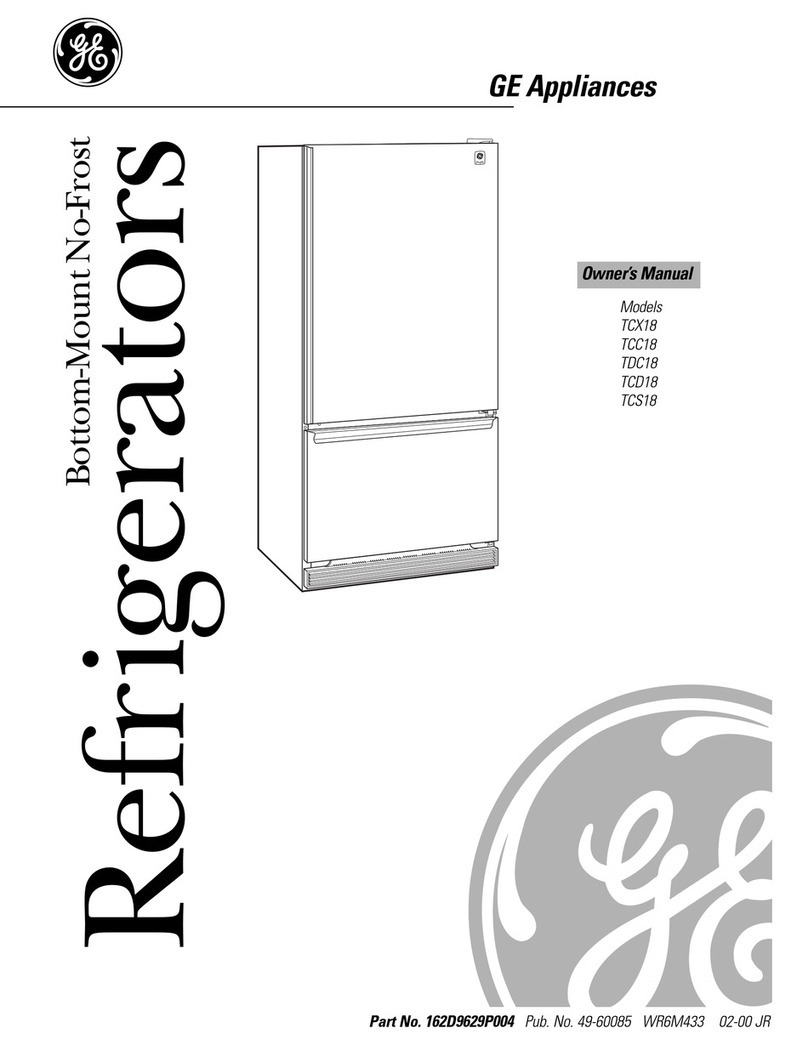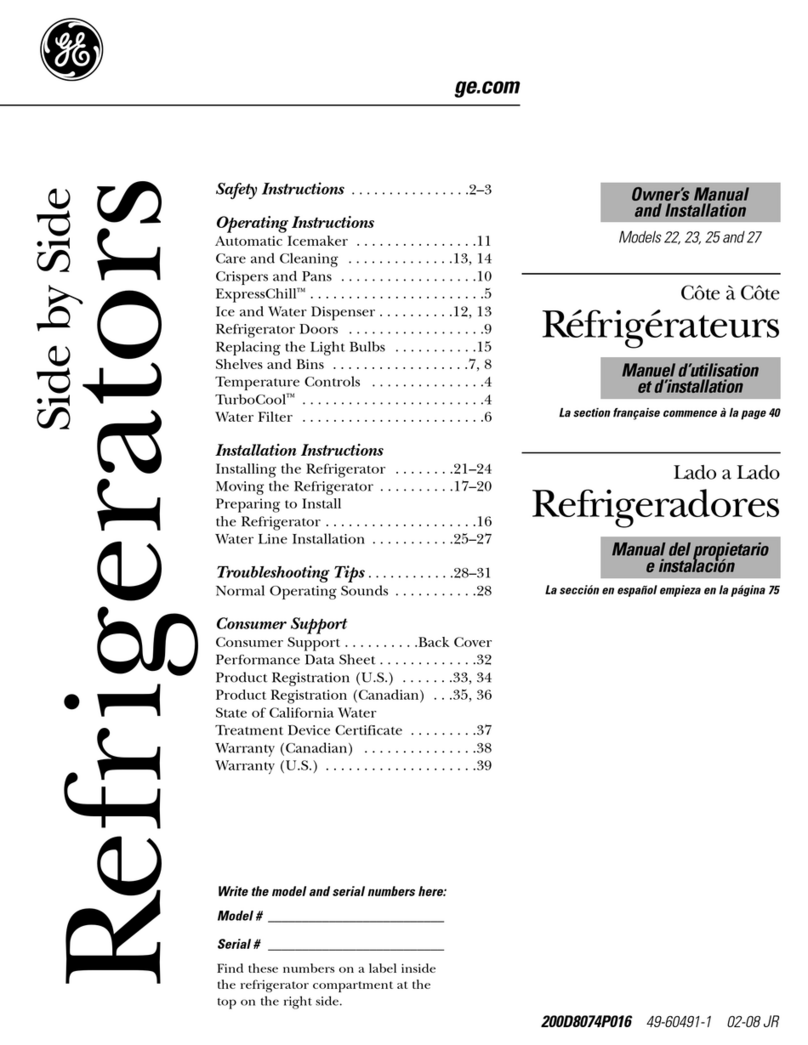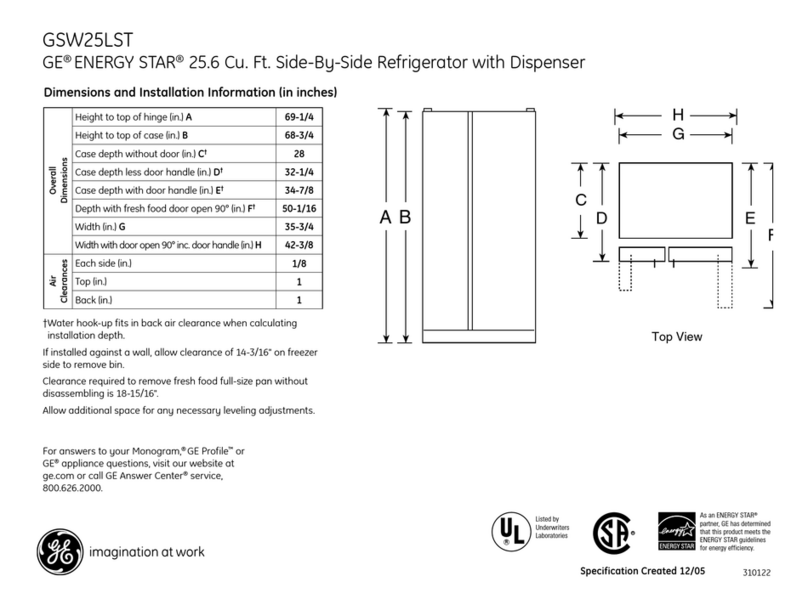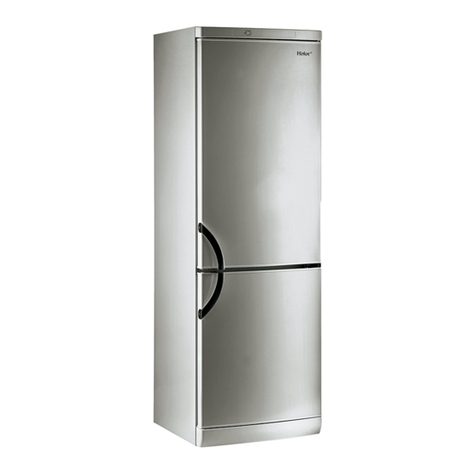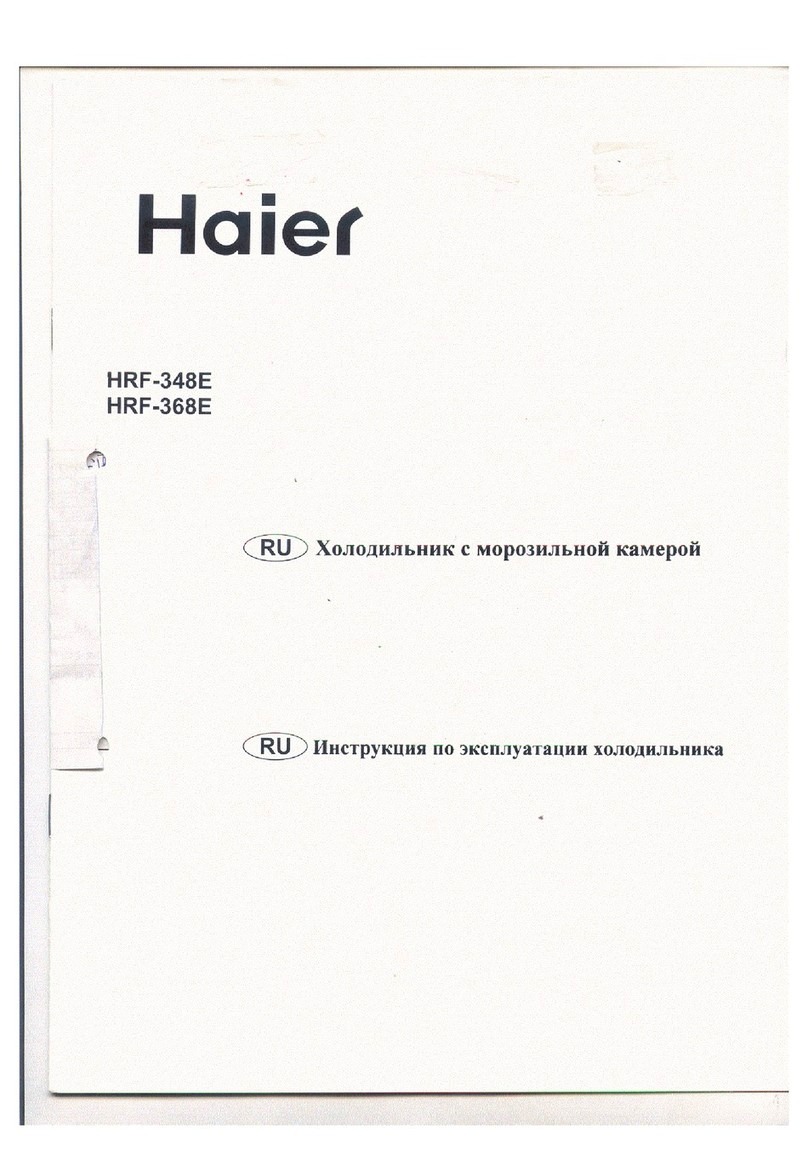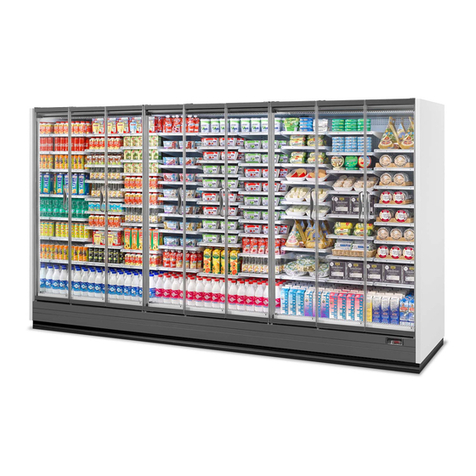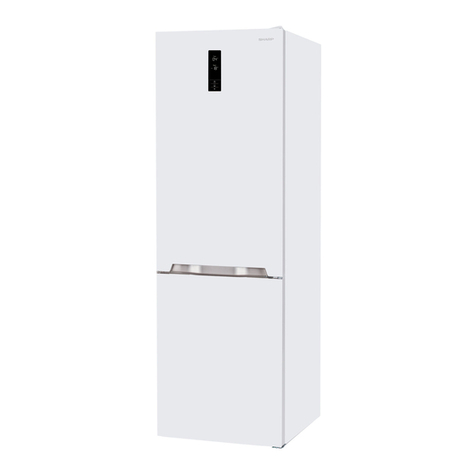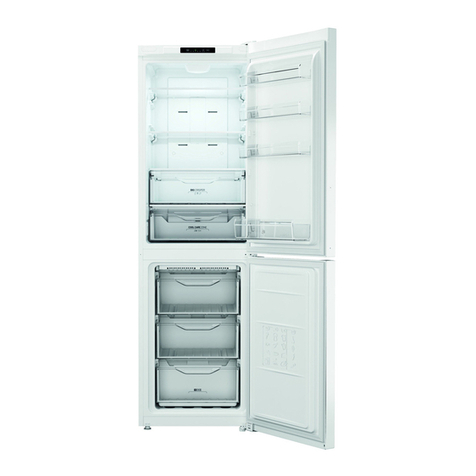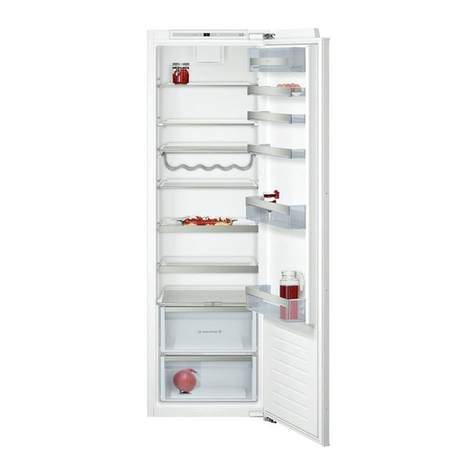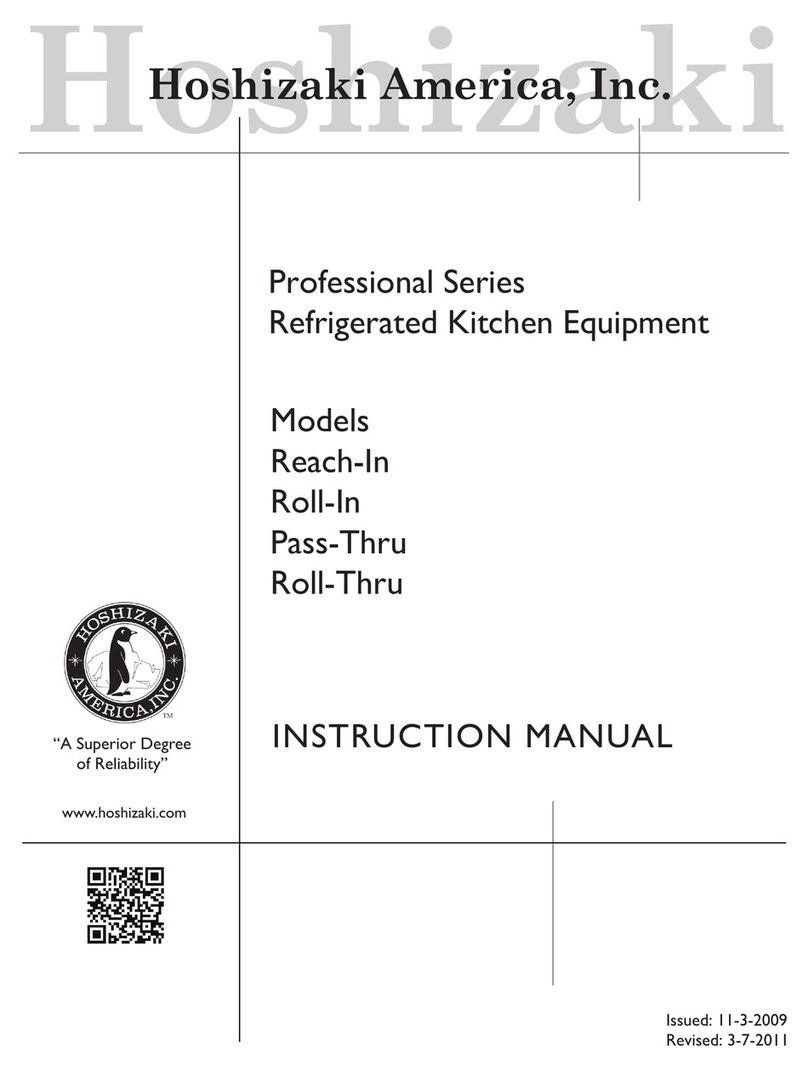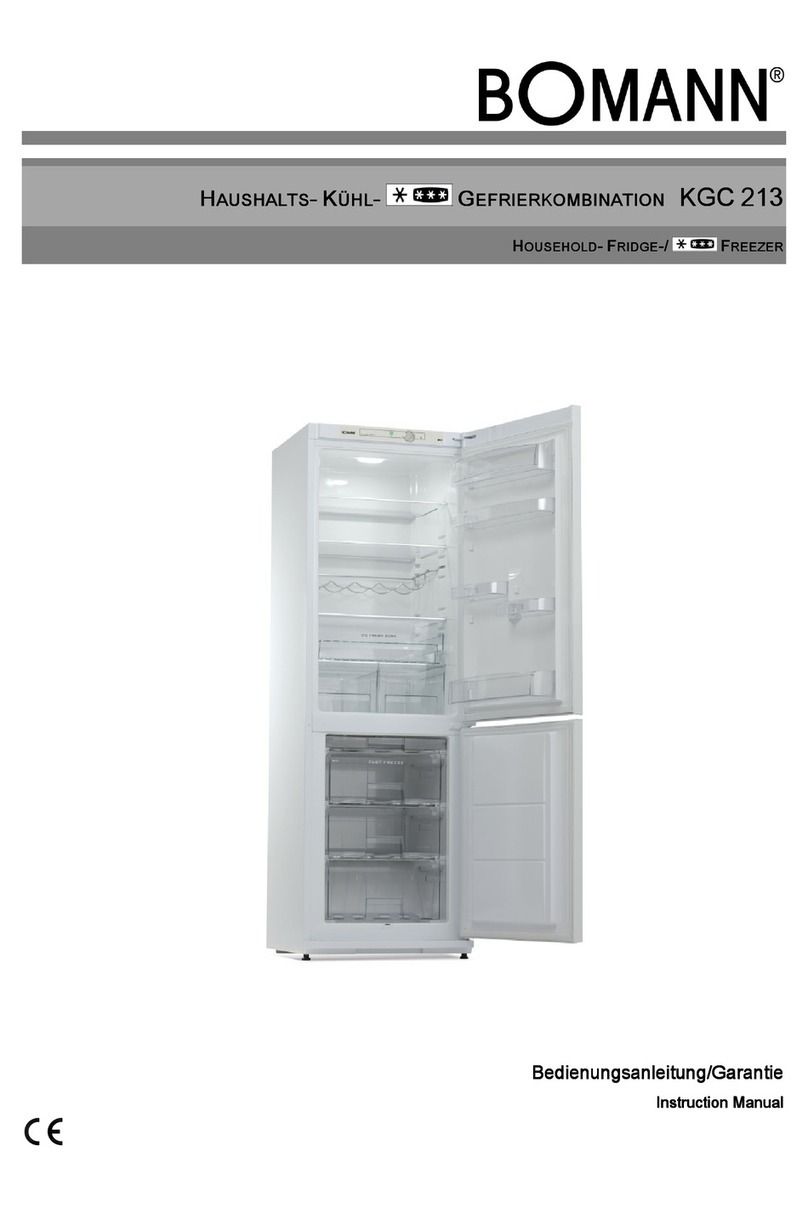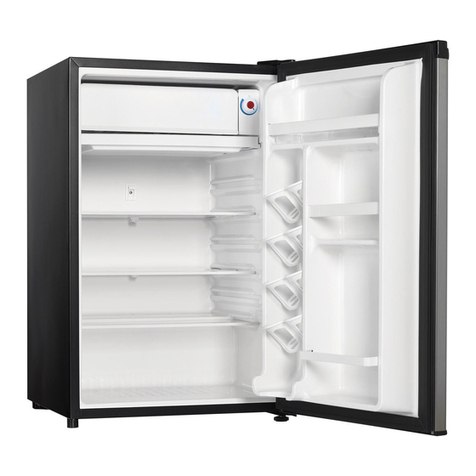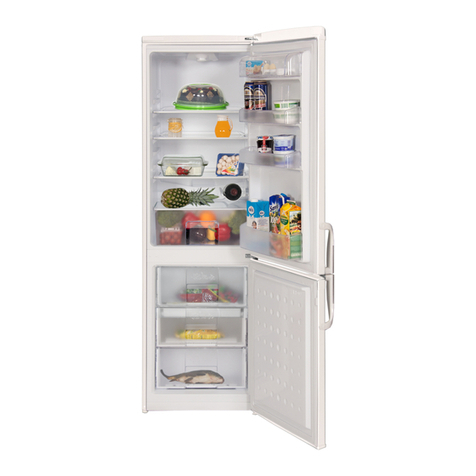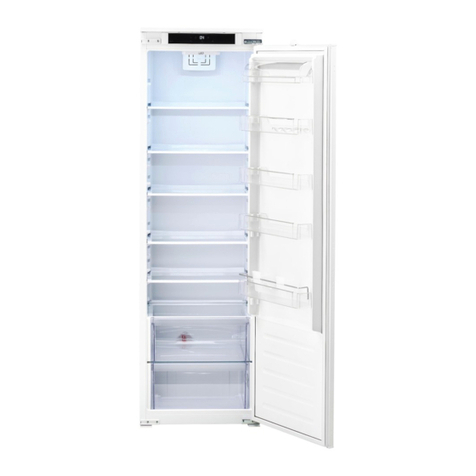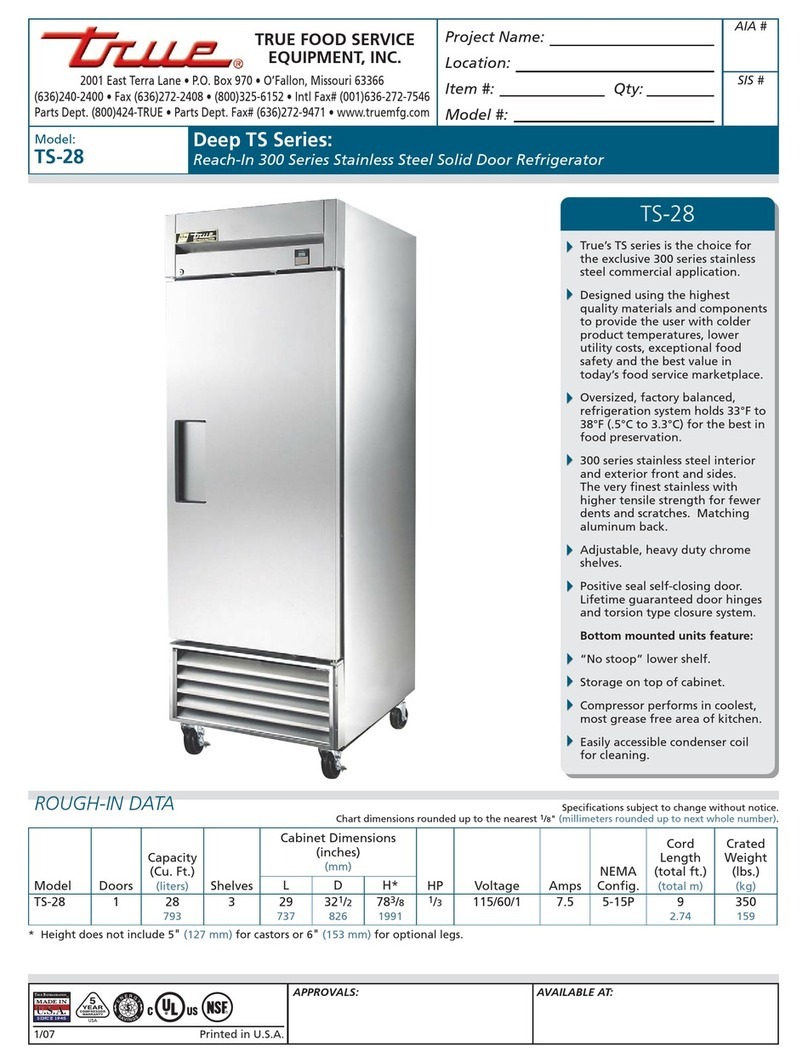Installation Requirements (continued)-IMPORTANT. .. Please Read Carefully
Use of Adapter Plug
Because of potential safety hazards
under certainconditions, we strongly
recommendagainstuse of an adapter
plug. However,ifyou still electto use
an adapter,where local codespermit,
aTEMPORARY CONNE~ION
rnqbemadeto apmperlygmunded
two-prong wall outlet by use of a
UL listed adapter (Fig. 2) available
at most local hardware stores.
Wczn
TEMPORARY METHOD ~,
(ADAPTER PLUGS NOT
PERMITTEO IN CANAOA)
ALIGN LARGE Q
‘RONGs’sLOTs= ~‘;~- -0‘-
-cl t
-> INSURE PROPER GROUND
Fig. 2@- fX’&%kYNNEcTION
The larger slot in the adapter must
be aligned with the larger slot in the
walloutlet to provide proper polarity
in the connection of the power cord.
CAUTION: Attaching adapter
ground terminal to wall outlet cover
screwdoes not ground the appliance
unless cover screw is metal, and not
insulated, andwalloutlet isgrounded
through house wiring. Youshould
havethe circuitcheckedbyaqualified
electrician to make sure the outlet
is properly grounded.
When disconnecting the power
cord from the adapter, always hold
the adapter with one hand. If this
is not done, the adapter ground
terminal is very likely to break
with repeated use.
Should the adapter ground
terminal break, DO NOT USE the
appliance until aproper ground
has again been established.
Use of Extension Cords
Because of potential safety
hazardsunder certain conditions, we
strongly recommend against the
use of an extension cord. However,
if you still elect to use an extension
cord, it is absolutely necessary that
it be aUL listed 3-wire grounding
type appliance extension cordhaving
agrounding type plug and outlet
and that the electrical rating of the
cord be 15amperes (minimum) and
120volts. Such extension cords are
obtainable through your local
service organization.
The refrigerator should always
be plugged into its own
individual electrical outlet—
(115volt, 60 Hertz, single phase
AC). This is recommended for
best performance and to prevent
overloading house wiring circuits,
which could cause afire hazard
from overheating wires.
Refrigerator Location
Donotinstallrefrigeratorwhere
temperaturewill go below 60°F.
because it will not run often enough
to maintain proper temperatures.
Do install it on afloor strong
enough to support afully loaded
refrigerator.
Also see Energy-Saving Tips
regarding location.
Clearances
Allow the following clearances
for ease of installation, proper air
circulation, and plumbing and
electrical connections:
Sides ....................5/8°
Top .......................l”
Back . ... . . . . . . . . . . . . . . . . ..l”
Allow the following door clearance:
Sides ....................3/4°
If refrigerator is installed in a
right-handcomer, allowthe following
clearance to prevent the refreshment
center compartment door handle
from hitting the wall when the fresh
food compartment door is opened:
Right Side . . . . . . . . . . . . . ..”2~”
Water Supply to Icemaker
Youwill need to connect your
icemakerto acold waterline. Awater
supply kit containing copper tubing,
shut-offvalve,fittingsandinstructions
is available at extra cost from your
dealer.There shouldbeenough~bing
from the cold water supply to the
icem~er to allow you to move the
refrigeratorout from the wall several
feet(approximately3coils of VI-inch
copper tubing that is at least 10
inches in diameter).
Rollers
Adjustable rollers, which enable
you to move your refrigerator away
fi-omthe wallforcleaning, are located
behind the base grille. They should
be set so the refrigerator is firmly
positioned on the floor and the
front is raised just enough that the
doorscloseeasily when opened about
halfivay.Speciahy designed door
hinges lift both doors slightly when
opened. The force of gravity then
helps close the door automatically.
To adjust rollers, remove the base
grille by grasping it at the bottom
and pulling it out. I I v1
Turn the roller \
adjusting screws
clockwise to raise
the refrigerator,
counterclockwise
to lower it. Use adjustable wrench
(3/8”hex head bolt) or pliers.
Whenadjustingfimt rollersIbrpmper
door closure, we recommend that
the bottom front edge of the cabinet
be approximately5/8” from the floor.
To replace base grille, align prongs
on back of grille with clamps in
cabinet and push forward until
grille snaps into place.
4
. . . . .. . ,
